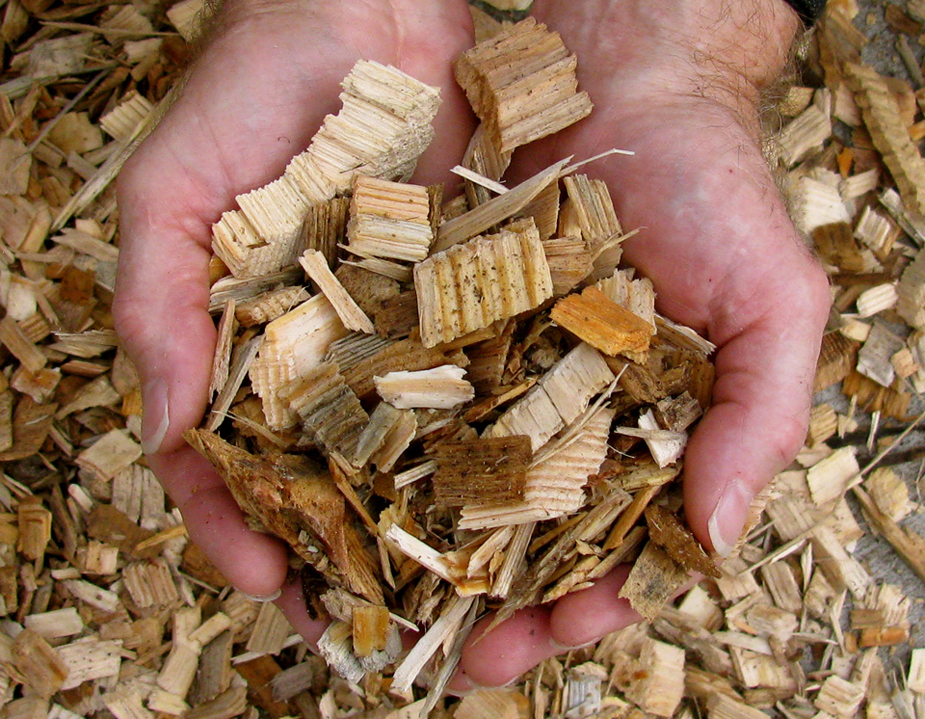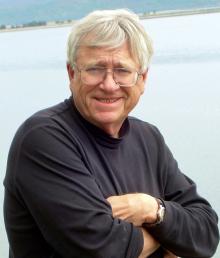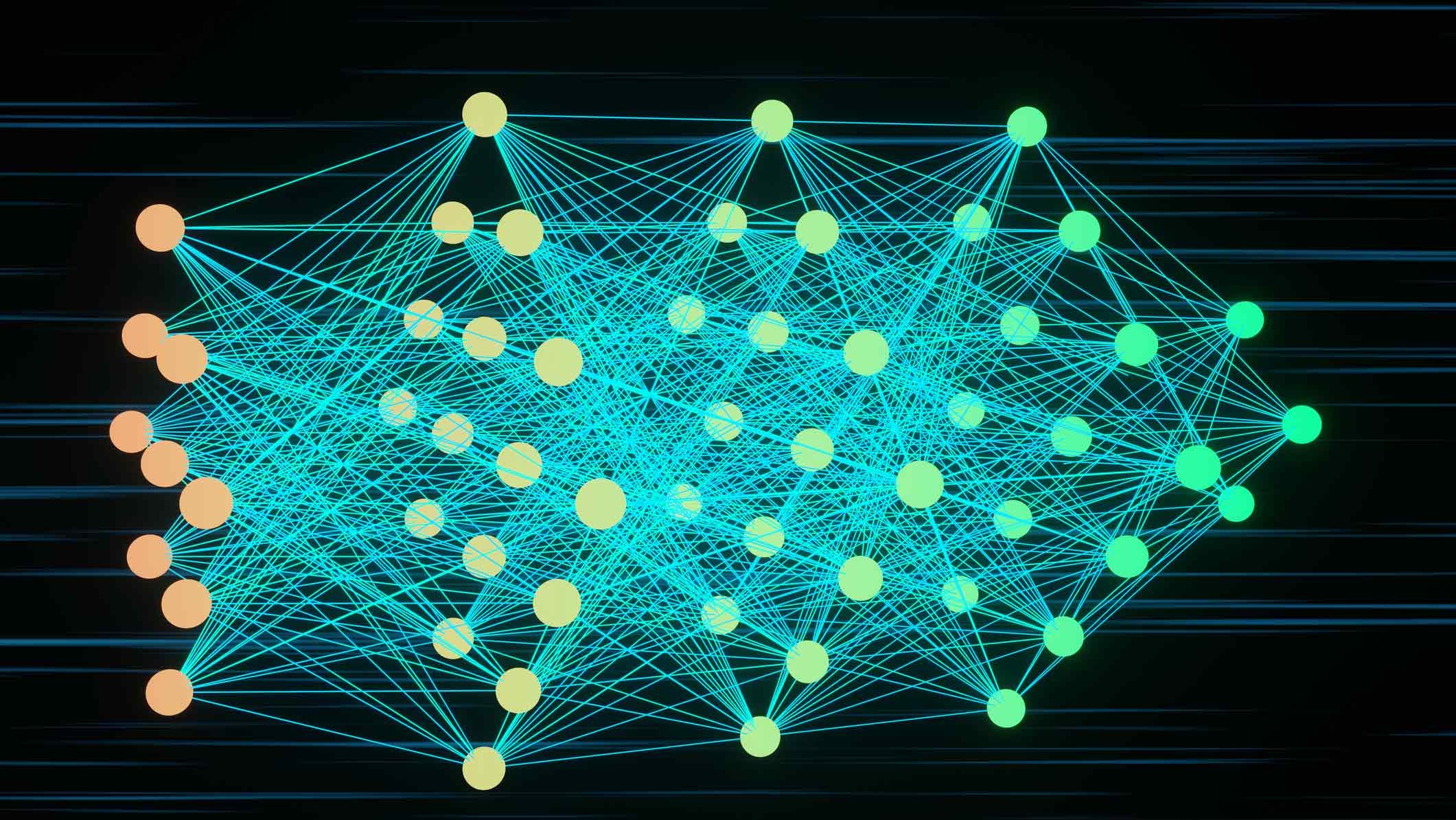

What if plastic pipes, pantyhose, backpacks, and plastic bags could be made from renewable sources rather than from chemicals that come from oil? What if the chemical industry could use the carbon dioxide produced by power plants to create these and many other products? Can plants and wood be broken down into useful chemicals for the production of the consumer and industrial goods essential to our modern society?
The need for this type of sustainability in the chemical industry has captured the imagination of scientists at UC Santa Barbara and collaborators from three other universities. This creative team of researchers hopes to develop new chemical "feedstocks" –– the resources from which plastic and other products are made. These scientists have established a new center to pool their talent, experience, and ideas.
"My goal is to go after the projects that will take the combined intellectual talent and experience that we have in this group, and appeal to their idealism –– to take a chance and see if we can make a real impact," said Peter C. Ford, principal investigator of the new center and professor in the Department of Chemistry and Biochemistry.
The new center, called CenSURF, short for Center for the Sustainable Use of Renewable Feedstocks, will receive $1.75 million over three years from the National Science Foundation (NSF). The university's proposal was one of only three funded from about 50 submitted in response to NSF's national call for centers for chemical innovation focused on the development of clean, safe, and economical alternatives to traditional chemical products and practices.
"The idea is to get outside of our comfort zone into research that might have a large impact," said Ford, adding that, without this kind of funding, the research would not be possible.
In addition to research, the center will conduct outreach to local schools, from kindergarten through 12th grade, and to the larger scientific community. A new course in sustainable chemistry for upper division college students will be developed. Other forms of educational innovation will be pursued, to help promote an ethic of sustainability in the chemical sciences.
One part of the center's research will focus on carbon dioxide as a feedstock, instead of a non-renewable resource such as petroleum. "You would probably not use carbon dioxide out of the atmosphere because it is too dilute, but you would take it from fixed sources," said Ford. "Carbon dioxide is produced in large quantities at power plants, and that's a fixed location source. We want to try to capture some of that and utilize it."
Producing organic compounds like ethylene from carbon dioxide by using electrochemistry will require energy, said Ford, adding that sustainability will not be achieved if fossil fuels are used. So, the research team promotes the use of solar-based electricity to convert carbon dioxide to a reduced form such as ethylene.
The second project will focus on biomass from plants. Plants form complex organic materials, and their chemical use is still in its infancy. Biomass is produced by photosynthesis, which uses light and water to convert carbon dioxide into various materials. Of particular interest to CenSURF researchers is non-food biomass, such as forest and agricultural waste.
"The real challenge will be the conversion of lignocellulose –– a combination of the non-digestible biopolymers cellulose and lignin –– to usable chemicals," said Ford. "It's fair to say that cellulose is the most plentiful biopolymer on the planet, and lignin is the second most plentiful. Lignin is a particularly tough challenge, because it's a very complex material. Part of our goal here is developing methodologies for converting lignin to simpler chemicals as starting points for the chemical industry to use."
The center will use catalysts that are based on Earth-abundant elements, avoiding rare elements such as platinum. Ford explained that rare elements add to cost, but more importantly, the use of these prevents future generations from using them, since they cannot be replaced. He said that the definition of sustainable chemistry is using resources at a rate at which they can be replaced naturally.
The new center involves chemists at three other universities. They are Clifford P. Kubiak of UC San Diego; Louise A. Berben of UC Davis; and Kevin D. Moeller of Washington University, St. Louis. The UCSB team includes Susannah L. Scott, co-principal investigator and professor in the Department of Chemical Engineering; and Petra van Koppen, co-principal investigator and senior lecturer in the Department of Chemistry and Biochemistry. The other members of the team from UCSB's Department of Chemistry and Biochemistry are Alison Butler, professor; Darby Feldwinn, lecturer; Trevor W. Hayton, associate professor; and R. Daniel Little, professor. Baron Peters, assistant professor in UCSB's Department of Chemical Engineering, is also a member of the team.
† Top image: Scientists at CenSURF intend to develop strategies to convert cellulose and lignin from plants and wood into simpler chemicals as starting points for use by the chemical industry.
Credit: Courtesy of Oak Ridge National Laboratory, U.S. Dept. of Energy
Related Links



